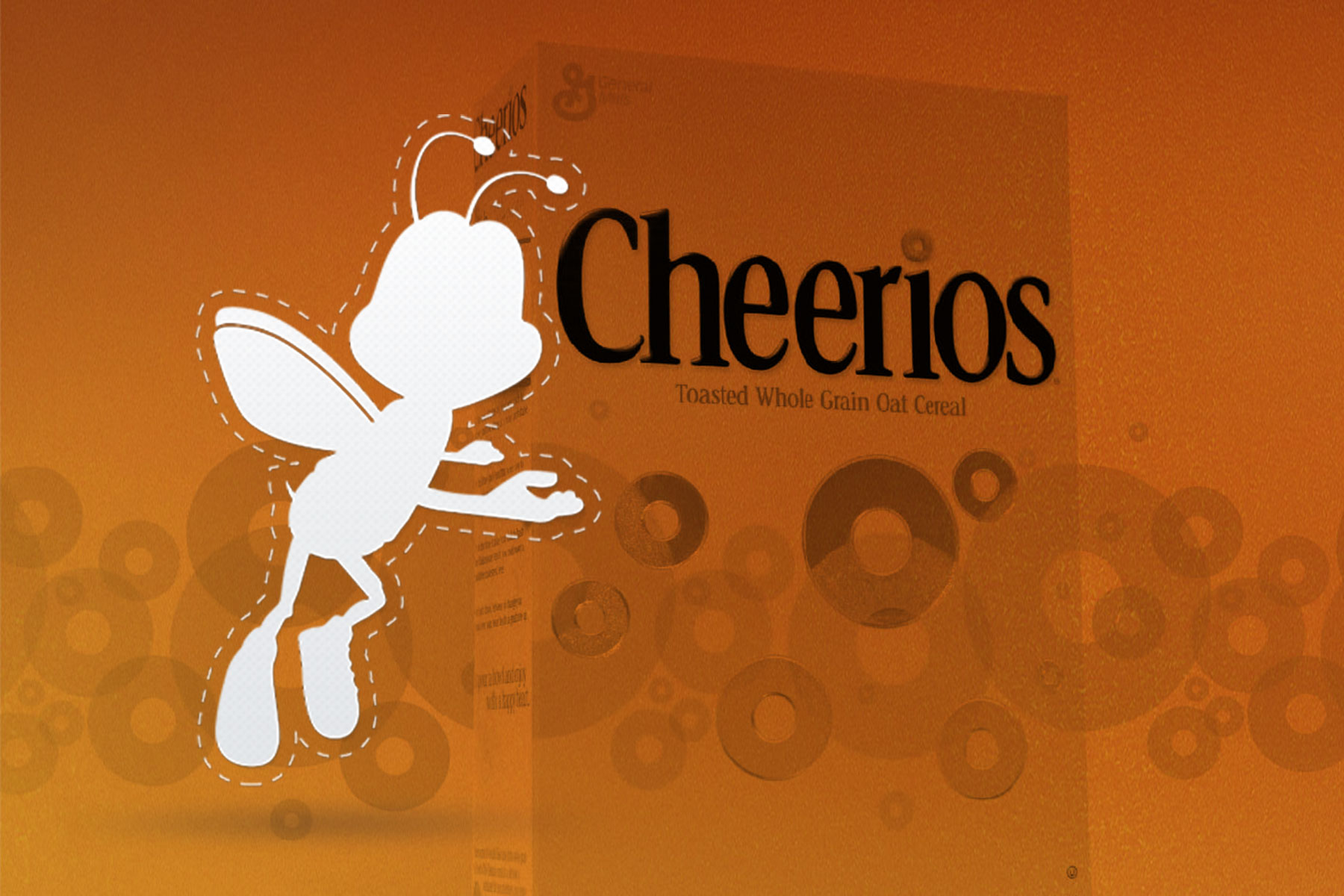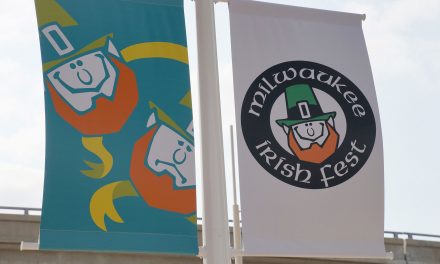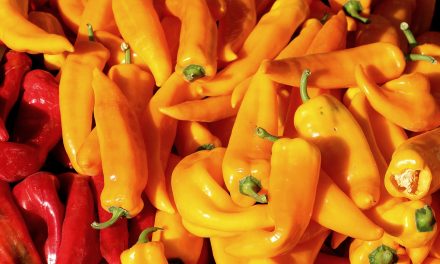
Believe it or not, we have a bee to thank for every one in three bites of food we eat, so be the solution to help protect bees in crisis.
Honey bees perform about 80 percent of all pollination worldwide. A single bee colony can pollinate 300 million flowers each day. Grains are primarily pollinated by the wind, but fruits, nuts and vegetables are pollinated by bees. Seventy out of the top 100 human food crops, which supply about 90 percent of the world’s nutrition, are pollinated by bees.
Milwaukee shoppers may notice something unusual about the boxes of Honey Nut Cheerios on grocery store shelves this spring. “BuzzBee,” the brand’s iconic spokesbee, is missing and there is a very important reason why. Buzz disappeared from boxes because there’s something serious going on with the world’s pollinators.
Pollinators are critical to our environment. More than two thirds of the crops used to feed people, accounting for 90 percent of the world’s nutrition, are pollinated by bees1. With deteriorating colony health, pollinators everywhere have been disappearing by the millions.
Pollinators need wildflower pollen and nectar to stay happy and healthy. Planting wildflowers is recommended by conservationists as one of the best ways to support pollinators, and is a fun, simple way to help. Honey Nut Cheerios wants to create a more bee-friendly world by encouraging consumers to plant over 100 million wildflowers this year.
To join #BringBackTheBees, Milwaukee families are invited to order and plant free wildflower seeds from Vesey’s Seeds by visiting: cheerios.com/bringbackthebees
Bees have experienced an unprecedented scale of habitat loss, with more than 9 million acres of grass and prairie land converted to crop land since 2008.2 Although, BuzzBee and his honey bee friends may not be in danger of extinction like some other pollinators, in the interest of protecting our food supply, General Mills is committed to helping all pollinators thrive through the planting of these habitats.
“As a General Mills cereal built around nutrition, helping pollinators get the key nutrition they need through fun, family-friendly activities like planting wildflowers is a natural fit,” said Susanne Prucha, director of marketing for Cheerios. “Our commitment to increasing the habitat for pollinators is one way we are continuously striving to be a company that not only makes products people love, but a company that pursues creative solutions to make our world a better place for all families.”
Approximately 30 percent of all ingredients in General Mills’ products rely on pollination. Since 2011, General Mills has invested more than $4 million with the Xerces Society –the world’s oldest and largest pollinator conservation group – to support pollinator and biodiversity efforts. Large-scale habitat projects have already been planted or are underway with farms supplying ingredients to Cheerios, Muir Glen, Cascadian Farm, LÄRABAR and Annie’s.
Last spring, Honey Nut Cheerios announced that by the end of 2020, farms that grow oats for Cheerios will house approximately 3,300 total acres of dedicated pollinator habitat on 60,000 acres of land. Previous pollinator habitat plantings on General Mills’ supplier farms indicate that each pollinator habitat is expected to double the amount of bees in the area.
What’s Killing the Bees and Why It Matters
Worldwide bee colony collapse is not as big a mystery as the chemical industry claims.
The systemic nature of the problem makes it complex, but not impenetrable. Scientists know that bees are dying from a variety of factors like pesticides, drought, habitat destruction, nutrition deficit, air pollution, global warming and more. Many of these causes are interrelated. The bottom line is that we know humans are largely responsible for the two most prominent causes: pesticides and habitat loss.
Worker bees (females) live about six weeks in summer and several months in the winter. Colonies produce new worker bees continuously during the spring and summer, and then reproduction slows during the winter. Typically, a bee hive or colony will decline by 5-10 percent over the winter, and replace those lost bees in the spring. In a bad year, a bee colony might lose 15-20 percent of its bees.
In the U.S., winter losses have commonly reached 30-50 percent, in some cases more. In 2006, David Hackenberg — a bee keeper for 42 years — reported a 90 percent die-off among his 3,000 hives. U.S. National Agricultural Statistics show a honey bee decline from about 6 million hives in 1947 to 2.4 million hives in 2008, a 60 percent reduction.
The number of working bee colonies per hectare provides a critical metric of crop health. In the U.S. — among crops that require bee pollination — the number of bee colonies per hectare has declined by 90 percent since 1962. The bees cannot keep pace with the winter die-off rates and habitat loss.
Pesticides and Bees
Biologists have found more than 150 different chemical residues in bee pollen, a deadly “pesticide cocktail” according to University of California apiculturist Eric Mussen. The chemical companies Bayer, Syngenta, BASF, Dow, DuPont and Monsanto shrug their shoulders at the systemic complexity, as if the mystery were too complicated. They advocate no change in pesticide policy. After all, selling poisons to the world’s farmers is profitable.
Furthermore, wild bee habitat shrinks every year as industrial agribusiness converts grasslands and forest into mono-culture farms, which are then contaminated with pesticides. To reverse the world bee decline, we need to fix our dysfunctional and destructive agricultural system.














